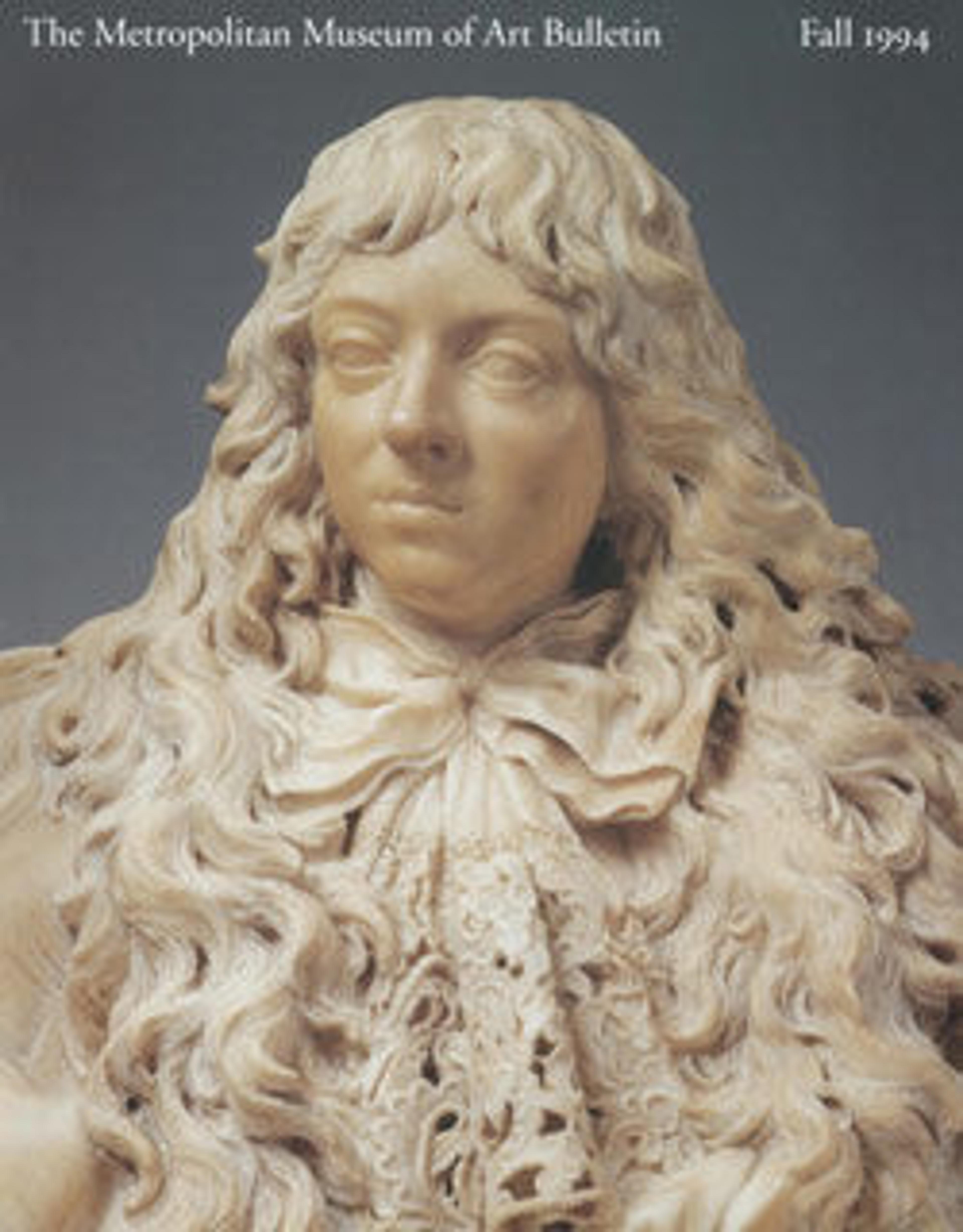The Octagonal Room in the Small Baths at the Villa of Hadrian (Tivoli)
The Venetian Piranesi was active as a draftsman, designer, architect, archaeologist, and theorist, but it is as a printmaker that he achieved his most enduring fame. His technically brilliant and exceedingly influential etchings reflect his antiquarian interests and offered audiences across Europe a rich visual record, at once archaeological and poetic, of the glories of ancient Rome.
This drawing represents an octagonal chamber—perhaps an apodyterium, or changing room—in the bath complex at Hadrian's Villa at Tivoli, the sprawling remains of which provided subject matter for a number of Piranesi's prints. It is a preparatory study for an etching in the second volume of his Vedute di Roma (Views of Rome), an ambitious undertaking in which the artist was engaged for more than thirty years. The corresponding print—his final view of Hadrian's Villa—was published in 1777, one year before his death. Piranesi's enduring fascination with the marvels of Roman architecture and engineering is manifest in his faithful depiction of its arches, masonry, and partially preserved poured concrete roof. A certain poetic, proto-Romantic sensibility mitigates the strictly archaeologizing view: the overgrown, decaying ruins are an ineffable reminder of the passage of time and the transience of earthly life.
This drawing represents an octagonal chamber—perhaps an apodyterium, or changing room—in the bath complex at Hadrian's Villa at Tivoli, the sprawling remains of which provided subject matter for a number of Piranesi's prints. It is a preparatory study for an etching in the second volume of his Vedute di Roma (Views of Rome), an ambitious undertaking in which the artist was engaged for more than thirty years. The corresponding print—his final view of Hadrian's Villa—was published in 1777, one year before his death. Piranesi's enduring fascination with the marvels of Roman architecture and engineering is manifest in his faithful depiction of its arches, masonry, and partially preserved poured concrete roof. A certain poetic, proto-Romantic sensibility mitigates the strictly archaeologizing view: the overgrown, decaying ruins are an ineffable reminder of the passage of time and the transience of earthly life.
Artwork Details
- Title:The Octagonal Room in the Small Baths at the Villa of Hadrian (Tivoli)
- Artist:Giovanni Battista Piranesi (Italian, Mogliano Veneto 1720–1778 Rome)
- Date:ca. 1777
- Medium:Red chalk over black chalk or charcoal with partly ruled construction; sheet glued onto secondary paper support
- Dimensions:15 1/2 x 21 3/4in. (39.4 x 55.3cm)
- Classifications:Drawings, Ornament & Architecture
- Credit Line:Purchase, Anonymous Gift and George and Lisa McFadden Gift, 1994
- Object Number:1994.20
- Curatorial Department: Drawings and Prints
More Artwork
Research Resources
The Met provides unparalleled resources for research and welcomes an international community of students and scholars. The Met's Open Access API is where creators and researchers can connect to the The Met collection. Open Access data and public domain images are available for unrestricted commercial and noncommercial use without permission or fee.
To request images under copyright and other restrictions, please use this Image Request form.
Feedback
We continue to research and examine historical and cultural context for objects in The Met collection. If you have comments or questions about this object record, please contact us using the form below. The Museum looks forward to receiving your comments.
